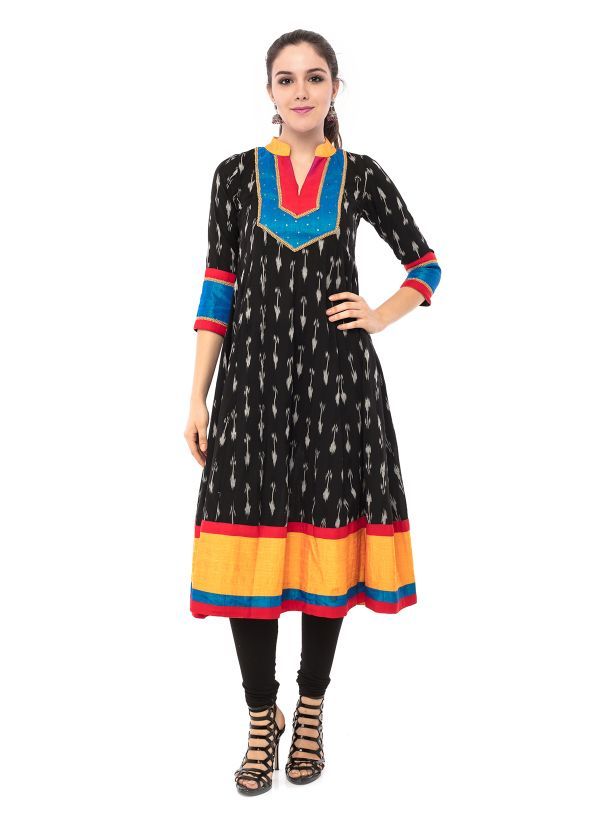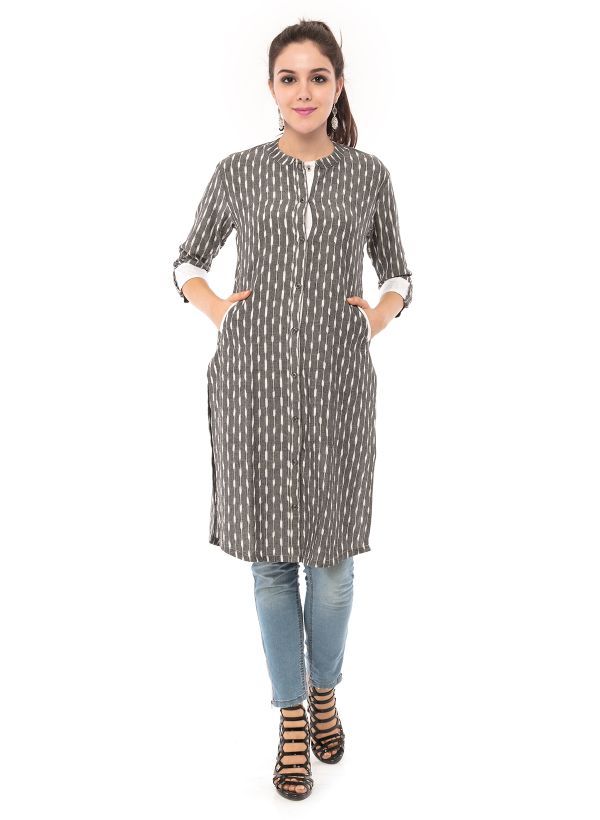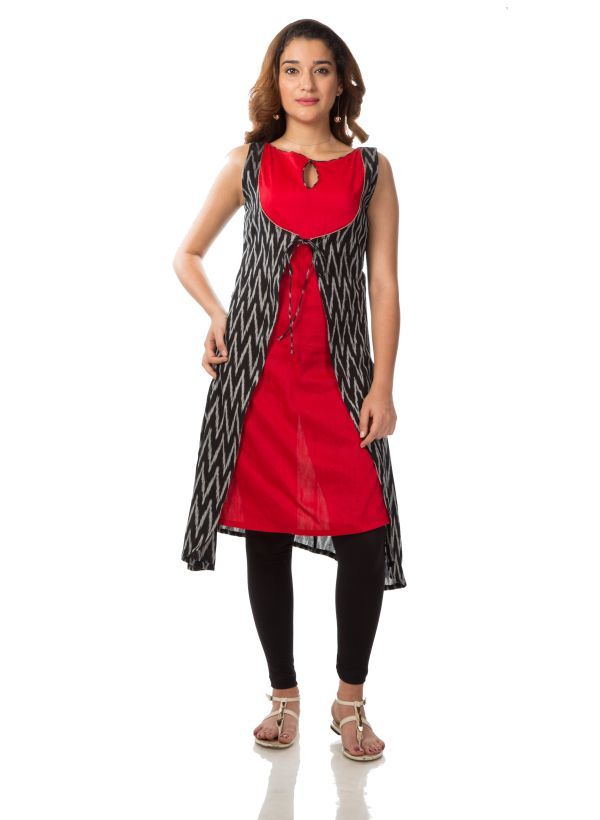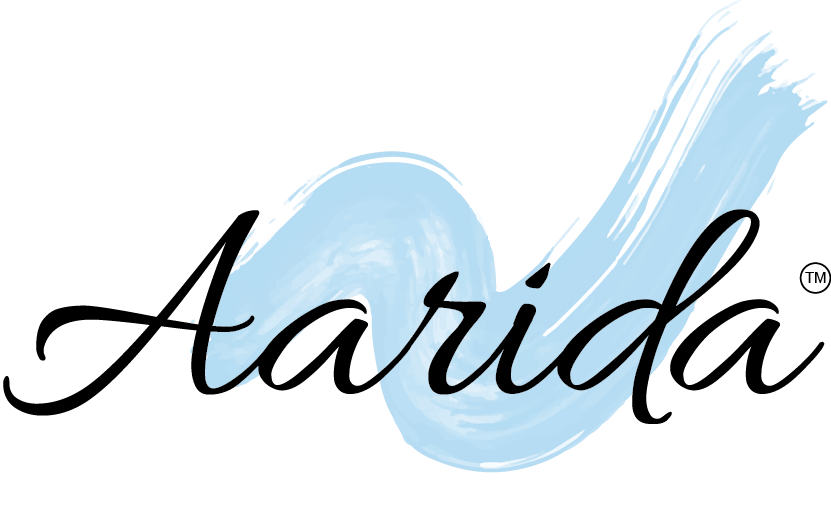An Ikat, pronounced “ee-kaht,” is a distinctive fabric style that's truly not as peculiar as you'd suppose. The earliest origins of the fabric were found in Asia & South America. Ikat fabrics have continually been popular for their distinct style and incomparable beauty.
Fun Fact: Many ask, is ikat the name for the yarns, the technique, or the fabric? Yes; to all three! Although this pattern originated on completely different continents independently, the name we tend to use these days comes from the term utilized in Indonesia. “Ikat” in Indonesia is the noun for cord, thread, and knot, the verb for the phrases “to tie” and “to bind,” and also the word used to describe the finished fabric. Putting it all in a sentence sounds something like this, “Hand me the Ikat (thread) to Ikat (tie) the Ikat (knot) to form the Ikat (fabric).” 😂😂

The term “ikat” refers to the dyeing technique used to produce the styles on the fabric. It's a resist dyeing method, where bundles of yarn are tightly wrapped along and then dyed as repeatedly as is needed to form the desired pattern. This dyeing method is completely different because the yarns are dyed before being woven into cloth. In most of the other resist-dyeing techniques, like Batik as an example, it's the final fabric and not the yarn, that’s dyed.
Once the yarns have been appropriately dyed and dried, the weaver lines them up on the loom (devices used to weave) to make the pattern. The design takes form as the yarn is woven into cloth. This is often an implausibly complicated method, because the weaver should precisely dye the threads, and place them properly so that it forms the right pattern, once woven. Just to iterate how exhausting this is… In order to copy a pattern, the weaver would need to dye the thread in precisely identical place as before AND line it up on a loom in the exact identical place AND then they’d have to weave it precisely in the same manner.

There are 3 completely different Ikat weaving techniques. These are warp ikat, yarn ikat and double ikat. The variations between warp ikat, yarn ikat and double ikat rely upon whether it's the warp or weft yarns that are dyed to create the chosen pattern.
Weft
If you look closely at a woven cloth, you'll see that the lines of interlaced yarn employed in it run in perpendicular directions, making a cross-like pattern. This is often a result of the thread or yarn used in weaving being interwoven in two distinct directions, at right angles. The longitudinal thread that runs down the material is named the “warp”, whereas the lateral thread that runs across the width is referred to as the “weft”.
Warp Ikat
In warp ikat, the weft yarns are all dyed in a solid color and the warp yarns are solely ikat dyed. Here, the pattern is clearly visible once the threads are wound on the loom, and weaving within the weft threads solidifies the color and completes the fabric formation.
Weft Ikat
In weft ikat, it's the weft threads that are ikat bleached. This sort of weaving is tougher than warp ikat, because the pattern will be shaped solely as the weaving progresses. This suggests that the weaver needs to perpetually centre and re-adjust the yarns to make sure the pattern is made correctly.
Double Ikat
The most sophisticated of the 3, double ikat, is where each of the warp and weft threads are resist-dyed before weaving. This method needs an advanced skill-set, takes time and thus is the most costly. The Pochampally sari and Puttapaka saris are native to India, and have exquisite double ikat motifs on silk.

How is ikat fabric made?
These are the steps concerned in making an ikat fabric:
- The required pattern is first drawn on the warp and weft yarns by hand.
- The weaver then ties these yarns to match the planned pattern. The threads are then dyed within the specific colors, in order that the colors course into the yarn at the appropriate positions.
- The ties on the yarn are untied and also the yarns are set up on the loom. In warp and double ikat, the pattern emerges on the loom at this stage.
- The fabric is then woven along and the vibrant pattern of motifs emerges on it.
Browse our latest Ikat collection in seasonal colors & statement clothing.




